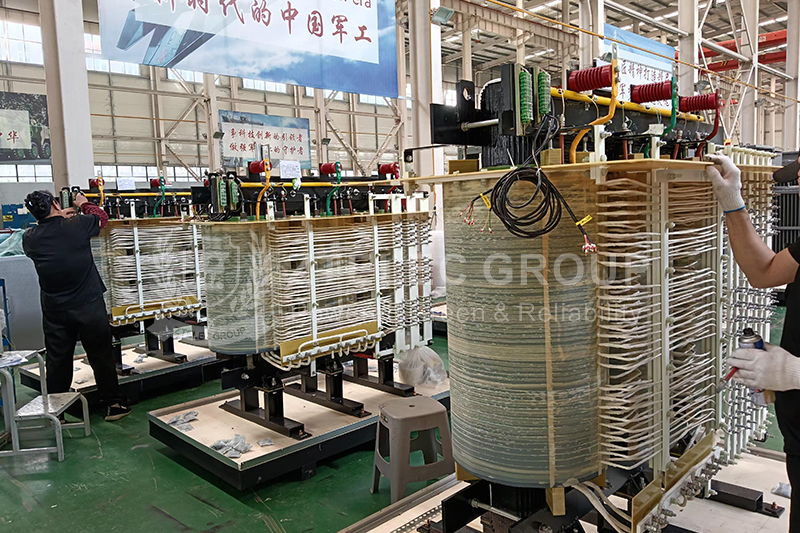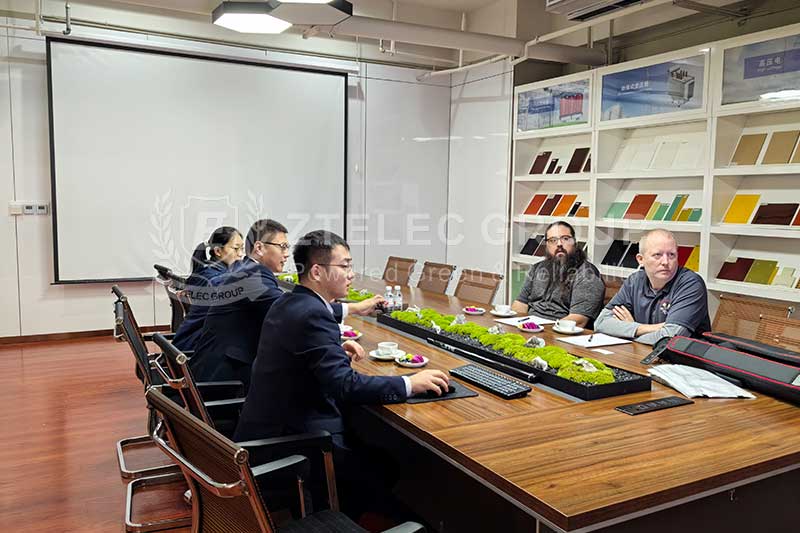Differences between FR4 and FR5 fiberglass laminates
FR4 and FR5 are both types of fiberglass-reinforced epoxy laminate materials used in the construction of printed circuit boards (PCBs), but they have some key differences:
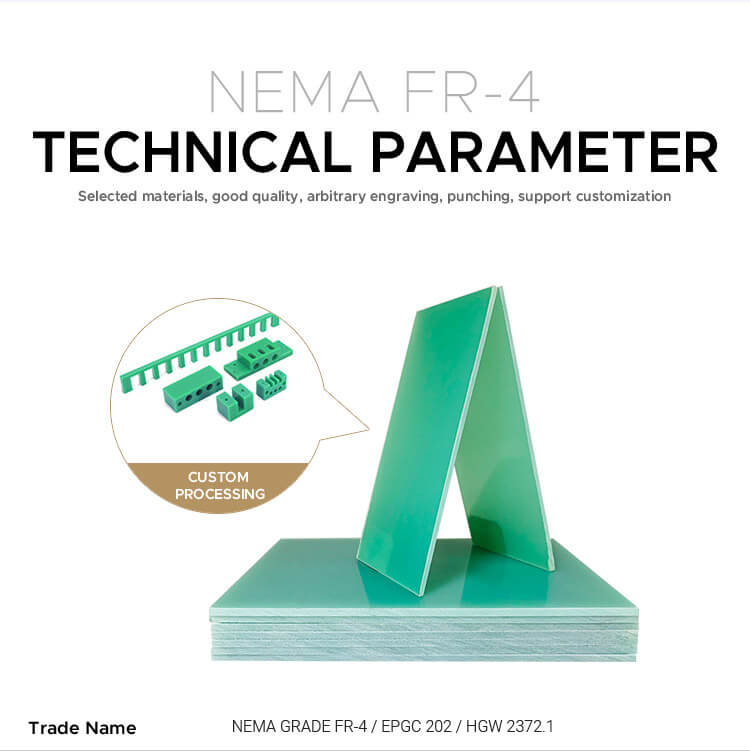
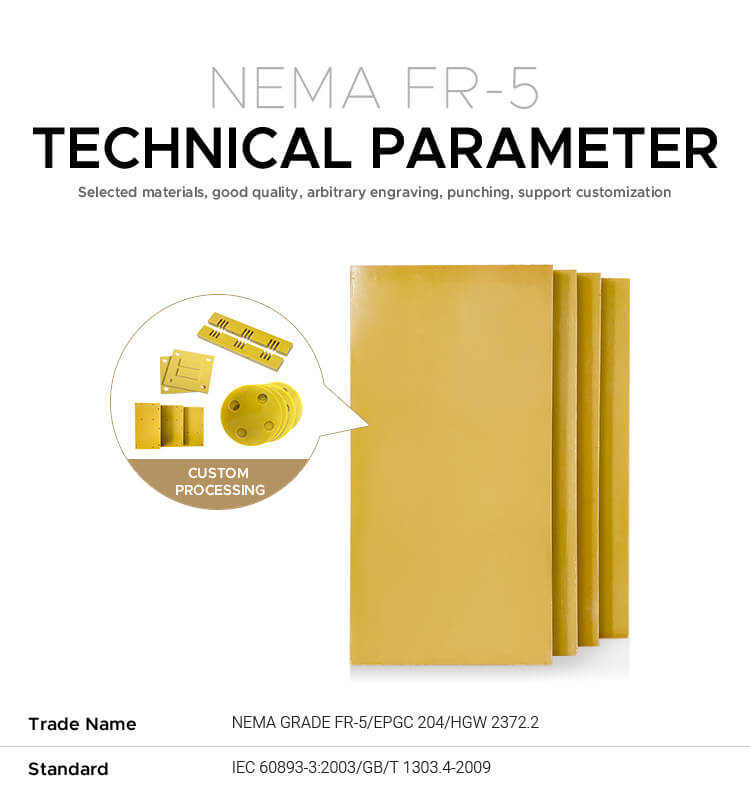
Composition:
FR4: Made of woven fiberglass cloth impregnated with an epoxy resin, with a Tg (glass transition temperature) rating indicated by the “4” in FR4.
FR5: Similar to FR4 in composition but typically has a higher Tg rating1.
Glass Transition Temperature (Tg):
FR4: Generally has a Tg rating around 130-140°C, which is the temperature at which the material transitions from a rigid to a more flexible state.
FR5: Has a higher Tg rating, often around 150-170°C or even higher, making it suitable for applications requiring higher-temperature operation or processing.
Temperature Resistance:
FR4: Suitable for standard electronic applications with moderate
operating temperatures.
FR5: Chosen for applications where higher temperature resistance is necessary, such as high-frequency and high-speed communication devices, military applications, and other specialized electronics.
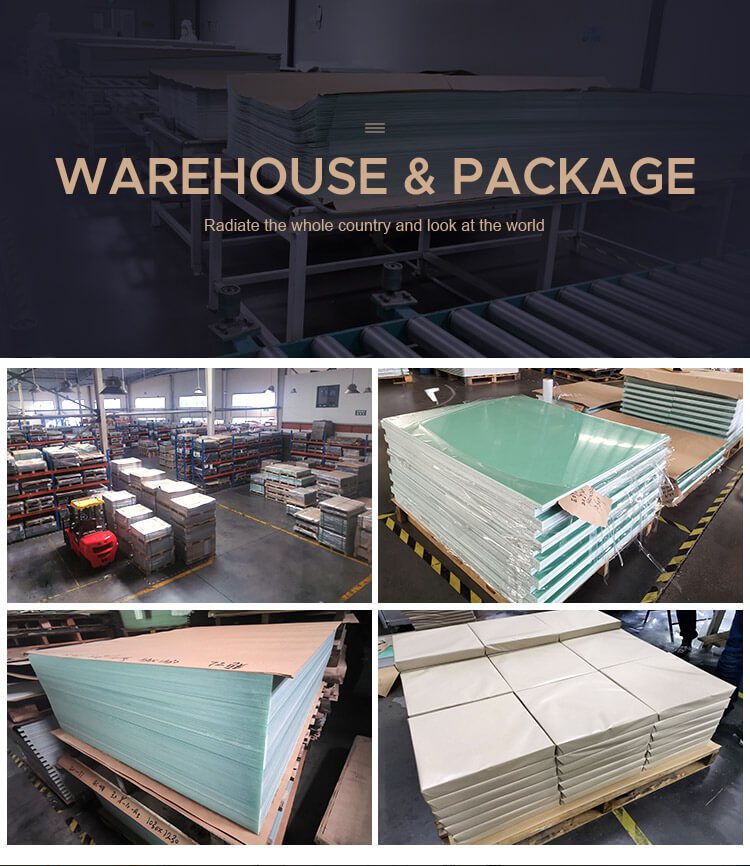
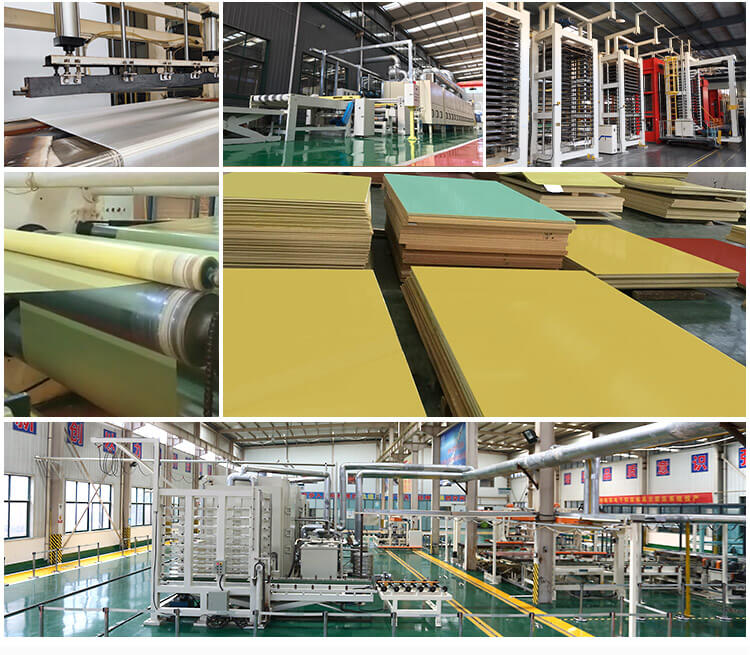
Applications:
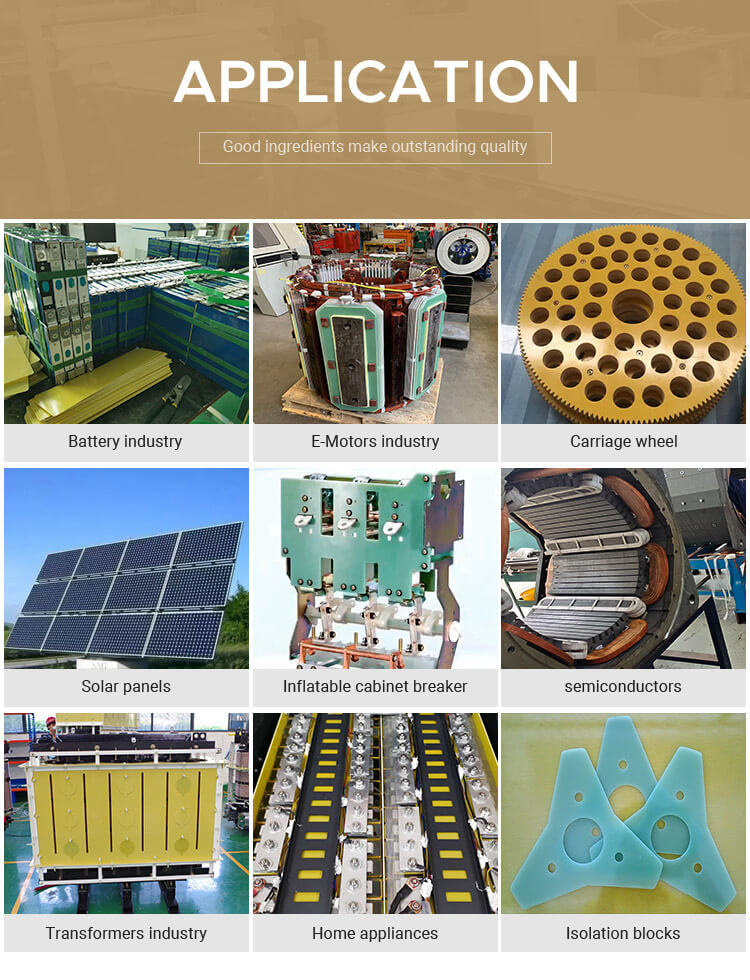
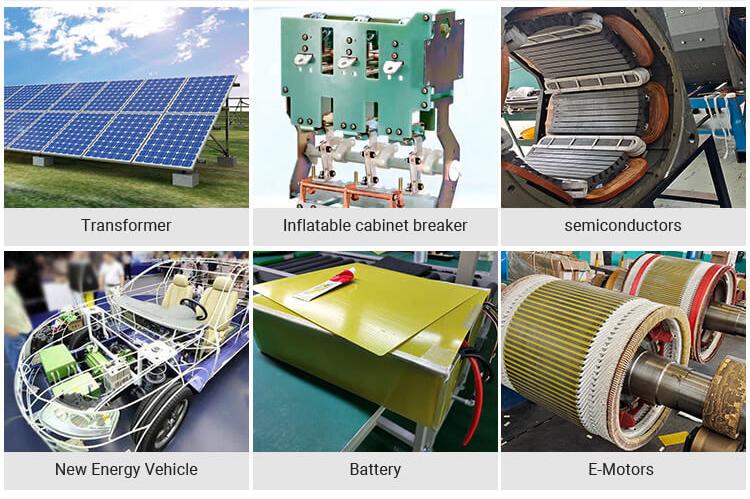
- more+releated article
- 2025-12-13How to Select and Use Phenolic Cloth-base Lami
- 2025-12-13How Much Does Bakelite Sheet Cost? 2025 Price
- 2025-12-13Why are most 3240 epoxy boards yellow?
- 2025-12-13What are the Main Applications of FR4 Epoxy Bo
- 2025-12-13Why Does the Price of Insulating Paperboard Va
- 2025-12-13Heat-Resistant DDP Insulation Paper
- 2025-12-13Comparison of Heat-Resistant DDP Insulating Pa
- 2025-12-13G10 and FR4 Epoxy Boards: Commonly Used for Ge
- 2025-12-13The Price of Heat-Resistant DDP Insulation Pap
- 2025-12-13How to Choose Epoxy Laminate Materials for Gen

